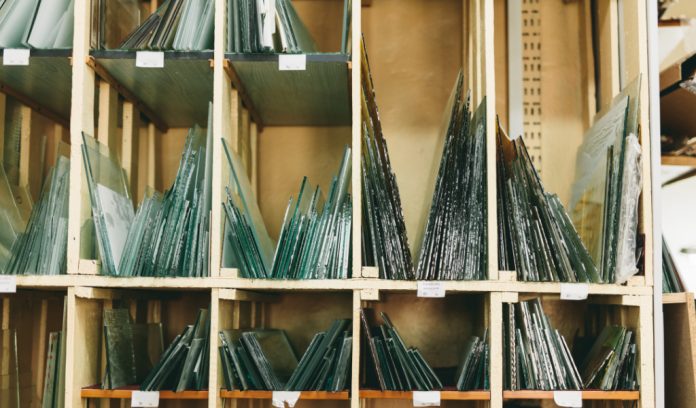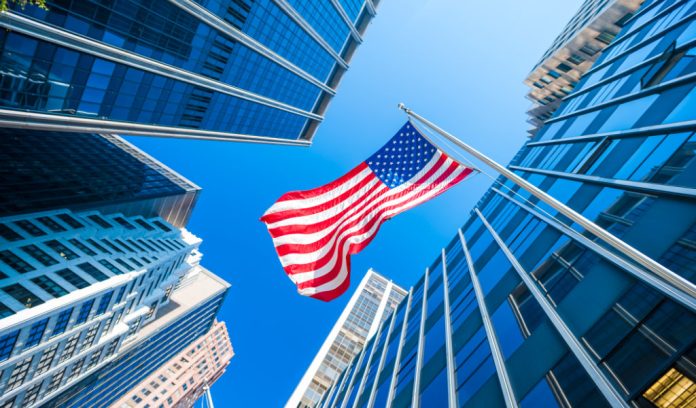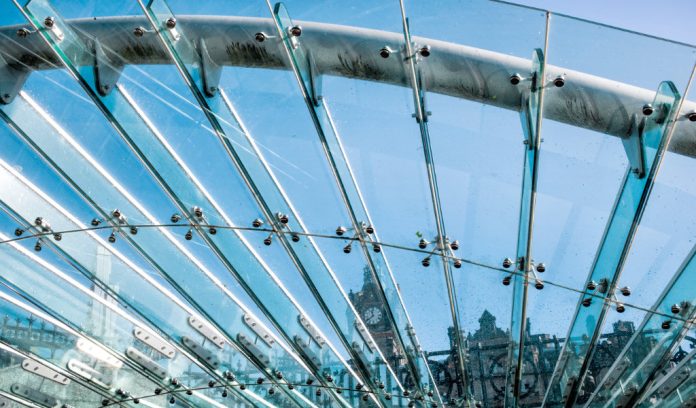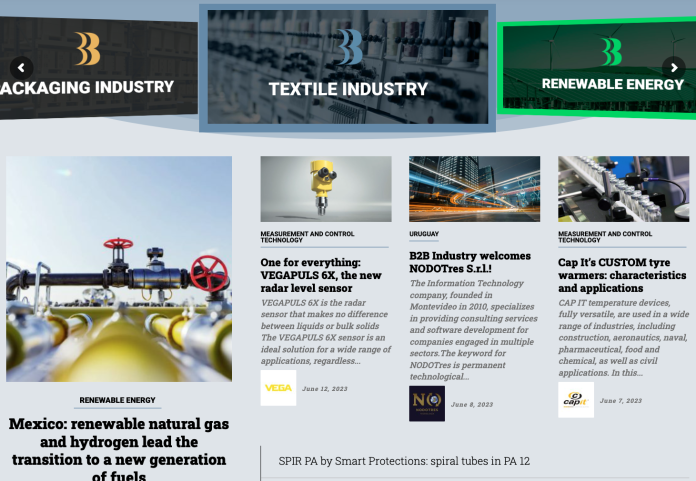The commitments that the country, businesses and world economies are making to concretely achieve an ecological transition, support and implement a circular economy and improve (or at least not worsen) the state of health of the environment are often the subject – and rightly so – of in-depth analysis by the media. These are choices, individual or collective, private or public, complex. Positive trends often then come to an abrupt end due to the intervention of exogenous or endogenous factors. Assessing risks and acting accordingly is essential.
To understand choices and trends and evaluate their real effects, a superficial knowledge of dynamics, numbers and purposes is often not enough. The complexity that lies behind them in fact requires more in-depth reflection. To give an example, Coreve recently made public data on glass recycling in Italy. The country is confirmed for the 4th consecutive year above the EU target set for 2030 (75%) going from a recycling rate of 76.6% in 2021 to 80.8% in 2022. There is therefore a significant leap forward in glass recycling in our country which recorded a +4.2% compared to 2021.
What we have defined as the environmental accounting of glass recycling is undoubtedly in the black. Recycling more and better has resulted in savings of 4.2 million tons of raw materials, equal to approximately twice the volume of the Colosseum. This determines an economic saving of between 20 and 30% and furthermore, the use of recycling makes it possible to save 25% of the energy currently supplied by natural gas for glass production, with a saving of at least 360 kg of Co2 per ton of product. Thanks to the excellent recycling results in the last year, the release into the atmosphere of 2.5 million tonnes of greenhouse gases was therefore avoided, equal to those deriving from the circulation of approximately 1.6 million Euro 5 cars small displacement, with an average mileage of 15 thousand km. The scrap that the glassworks have overall recycled also results in energy savings of over 436 million cubic meters of gas, equivalent to the annual domestic consumption of over 580 thousand Italian families or a city with over 1.6 million inhabitants.
However, behind this positive trend lies a ghost that risks undermining the efforts made in recent years and, what is worse, representing a serious environmental problem for the country and beyond.
In fact, due to speculative behavior that is taking shape on international markets, we are witnessing the abnormal growth in the prices of glass cullet which is pushing economic operators to consume more virgin raw material by reducing the secondary raw material (result of the treatment of glass cullet glass) used for the production of glass packaging. It should be remembered that glass is the packaging of choice for quality Italian food products, exported all over the world. The demand for bottles and jars from Italian agri-food companies is therefore constantly growing.
The numbers can help to understand: Recycled glass cullet has gone from a value fluctuating between 15 and 30 euros in 2019 to offers of over 230 euros per ton recorded in the latest auctions, making it cheaper for glass factories to use of virgin raw materials. Cheaper in fact, not more ecological.
The result is a dangerous reversal of the trend: Italian glass factories, which until a few months ago used up to 95% of secondary raw materials to sustainably produce new glass packaging, are being pushed by the lower costs of virgin raw materials to consume more soda , silicon, carbonates. But not only. Smelting virgin raw materials costs more energy and releases more CO2 into the environment, resulting in a significant step backwards from the point of view of the environmental sustainability of this important industrial sector.
And again: glass that is no longer recycled ends up in landfill and generates costs to be disposed of. Up to 18 million euros per 100 thousand tons. The question, even the complex one, that needs to be asked now is: is it right to let the market regulate itself even if this determines a high environmental risk for the country or would it be better to intervene to better regulate the issue, stemming speculative phenomena and allowing the country not to retreat on the circular glass economy front?
The consortium system, of which CoReVe is part, established in 1997 guarantees the collection and recycling of glass packaging waste coming from national separate collection, bringing together 23 hollow glass producers, 35 commercial importers, 41 importers industrialists, 7 recoverers and by stipulating agreements with Italian municipalities. It is a system that has proven to be efficient, subsidiary to the market and which has made it possible, with everyone’s work, to achieve the excellent recycling results illustrated. Perhaps however – also due to the new dynamics – in order to respond to the changed needs, the new trends and their ghosts, some legislative changes are needed to ensure collective well-being.







